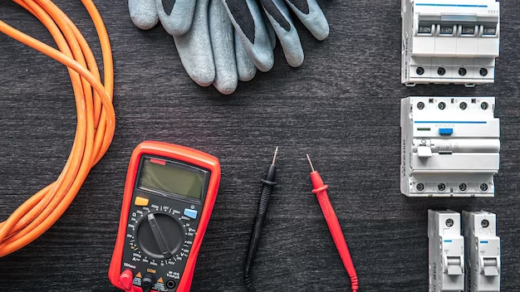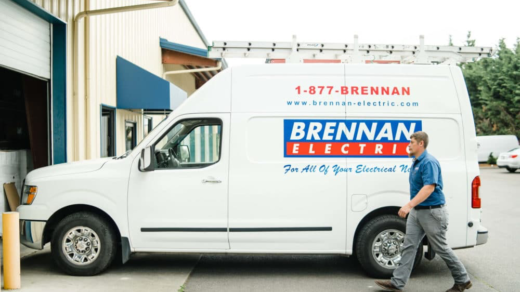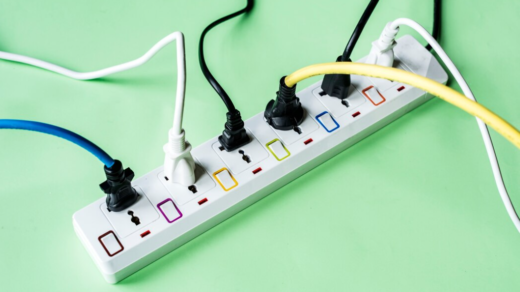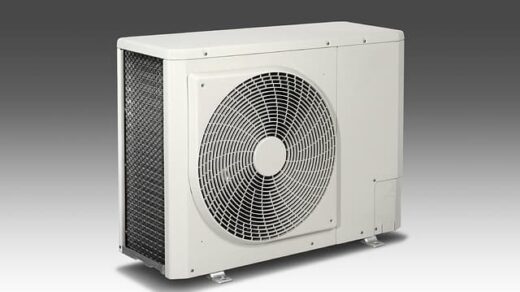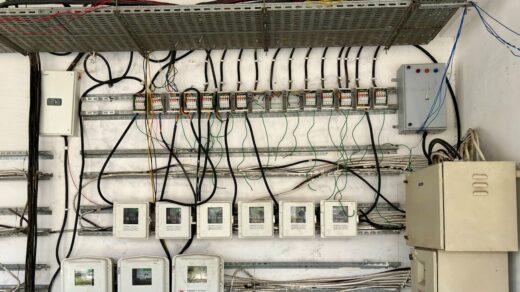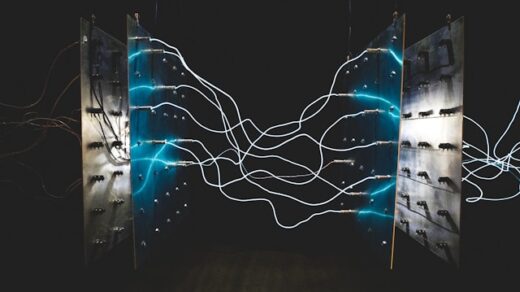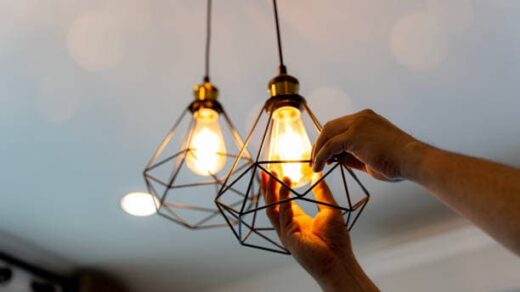In every modern household, electrical receptacles—commonly referred to as outlets or sockets—are an indispensable component. They serve as the primary points of connection between electrical devices and the power supply. This section introduces readers to the foundational knowledge of electrical receptacles.
The Evolution of Electrical Receptacles
From the early days of electrical engineering to now, receptacles have undergone considerable evolution. Initially, basic designs served the purpose, but with the advancement of technology, the safety, functionality, and aesthetics of these connectors have greatly improved.
Common Types of Receptacles
There are multiple types of receptacles available, including duplex, GFCI (Ground Fault Circuit Interrupter), and AFCI (Arc Fault Circuit Interrupter). Each type has its unique set of features, designed for specific purposes and safety standards.
How Receptacles Work
At its core, a receptacle is a connector that facilitates the flow of electricity. It is designed to safely deliver electrical current from the wiring system of a building to electrical devices. Delving into the inner workings gives insight into their operational mechanics.
Safety Measures with Electrical Receptacles
Safety can never be overemphasized when dealing with electricity. Modern receptacles come equipped with safety mechanisms to prevent issues like electrical shocks, short circuits, and overloads. This section highlights these essential safety features.
International Standards & Variations
Depending on the region, electrical standards can vary, and so do the designs of receptacles. From the flat pins in the US to the round pins in Europe, understanding these variations is crucial for international travelers and those relocating abroad.
Choosing the Right Receptacle for Your Home
With numerous types and designs available, making an informed choice for your household is vital. Factors to consider include the intended use, power requirements, and safety features.
Video Guide
If you still have questions, we suggest you watch the video we have prepared for you. Enjoy watching it!
Key Benefits of Modern Electrical Receptacles
As the technological landscape progresses, modern electrical receptacles come with a slew of advantages tailored to the contemporary user. Here’s a succinct rundown of their major benefits:
Safety Enhancements:
- Built-in surge protection: Shields gadgets from unexpected power spikes;
- Tamper-resistant designs: Prevents curious kids from inserting objects;
- Grounding capabilities: Minimizes the risk of electric shock.
User-Friendly Features:
- USB integration: Enables direct charging of smartphones and tablets;
- Illuminated outlets: Glows for easy location in the dark;
- Weather-resistant construction: Suited for outdoor installations.
Energy Efficiency:
- Smart outlets: These can be remotely controlled and programmed to conserve energy;
- Occupancy sensing: Turns off devices when no one’s in the room;
- Voltage optimization: Ensures gadgets get just the right amount of power.
Versatility and Design:
- Pop-up receptacles: Discreet design for modern kitchens and offices;
- Interchangeable faceplates: Matches various room aesthetics;
- Multi-circuit configurations: Suits complex electrical requirements.
Understanding these benefits allows homeowners and businesses alike to harness the best of what modern receptacles have to offer, ensuring safety, efficiency, and convenience in every installation.
Comparison Table: Types of Receptacles
| Type | Description | Best Used For |
|---|---|---|
| Duplex | Standard two-outlet design | General appliances |
| GFCI | Contains a ground fault circuit interrupter | Bathrooms, kitchens |
| AFCI | Prevents arc faults | Bedrooms, living areas |
Conclusion
Electrical receptacles, while commonplace, play a critical role in the safe and efficient operation of electrical devices in our homes and workplaces. Their evolution over time has been driven by the relentless pursuit of safety and convenience. As consumers, being informed about the types, functionalities, and safety features of receptacles ensures optimal utilization and safety.

